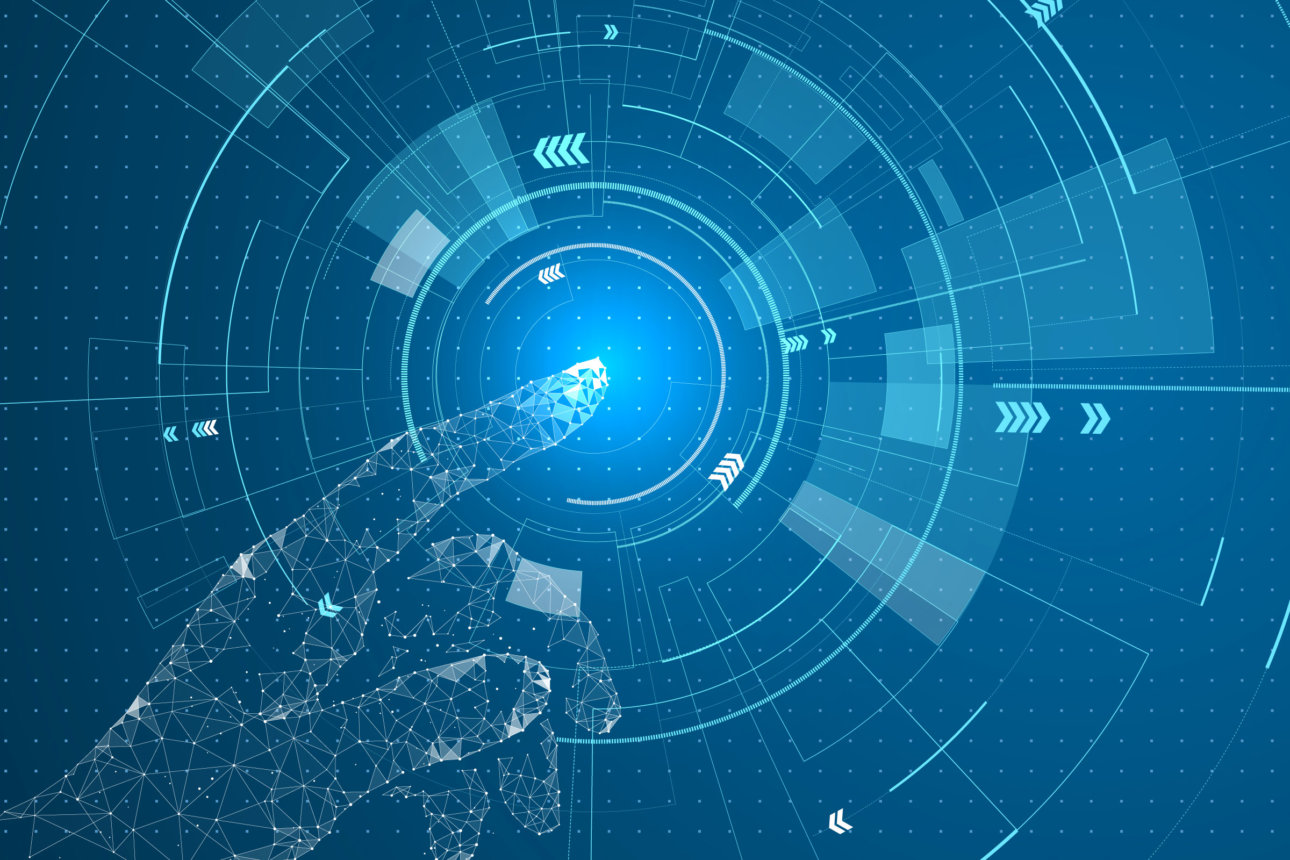Digitizing Products for Sustainability’s Sake
By conceptualizing a combination of matter, energy, and information, digitization of physical products and production has become an emerging idea in sustainability.
Topics
Leading Sustainable Organizations

Digitization opens enormous opportunities for tackling the world’s sustainability challenges. Already today, digital technologies including drones, sensors, GPS, and big data crunching algorithms are critical in illuminating (and addressing) the world’s social and environmental challenges. iNaturalist, for example, is crowdsourcing millions of environmental data points from individuals with smartphone apps to better understand species and the ecosystems they inhabit. The STAMP2 project, which stands for Sensor Technology and Analytics to Monitor, Predict, and Protect Ebola Patients, is using technology to tackle disease in Africa. Wireless sensor networks are improving water management in dry regions around the globe.
But beyond providing scientists, doctors, and resource managers with better information, digitization is also transforming entire industries, holding out the possibility of dramatically improving their social and environmental performance. An emerging area of opportunity is the digitization of physical products and production.
What Is a Product?
To understand digital’s potential impact on the physical world of products, we need to first recognize that any product can be conceptualized as a combination of three elements: matter, energy, and information. A shoe, for example, is composed of a number of materials including leather, rubber, metal, and cloth. The materials in a shoe take on specific forms dictated by the product designer’s choices. These choices represent information that is encoded in a product’s blueprints and designs. This “information” puts the form in a product’s materials. The process of actually forming materials, like shaping raw rubber into a shoe sole, requires energy. Every transformation of materials is thus the application of energy guided by information. The result at the end of the process is a physical artifact that can deliver value to a customer.
Get Updates on Innovative Strategy
The latest insights on strategy and execution in the workplace, delivered to your inbox once a month.
Please enter a valid email address
Thank you for signing up
Economists reading this may notice the absence of a historically important factor of production: labor. While it is not going away in a digitized world, the quantity and character of human labor is shifting. The rise of manufacturing robots, 3-D printing, and other automation trends means less physical human labor is demanded. Physical labor is being replaced by the mental labor of working designers, engineers, and programmers that is embedded as design and process information. In a digitized future, an ever-shrinking role for physical human labor promises that three factors — energy, information, and matter — will dominate.
